Our country is blessed not only with natural beauty, but also with fertile land. The rich agricultural land of Pakistan produces export-quality crops every year. We also produce some of the most sought-after fruits in the world. In this blog, we will be discussing the fruit market and different types of fruits in Pakistan that are grown locally and then exported to international markets, contributing majorly to Pakistan’s economy.
Locally produced fruits in Pakistan
Some of the common fruits in Pakistan that are produced locally, that too in abundance, are mangoes, chikoo, kinnow, plums, apples, grapes and guava. Other fruits in Pakistan that people love are cherry, peach, pear, apricot, jammon, lychee, papaya and pomegranate. In dry fruits, Pakistan is one of the world’s top five producers of dates and also prides itself on producing almonds (kaghazi badam), pine nuts (chilgoza) and walnuts.
The numbers given by the Ministry of National Food Security and Research, Government of Pakistan, are impressive, in terms of fruit farming in Pakistan and the tons of fruits produced. Take a look:
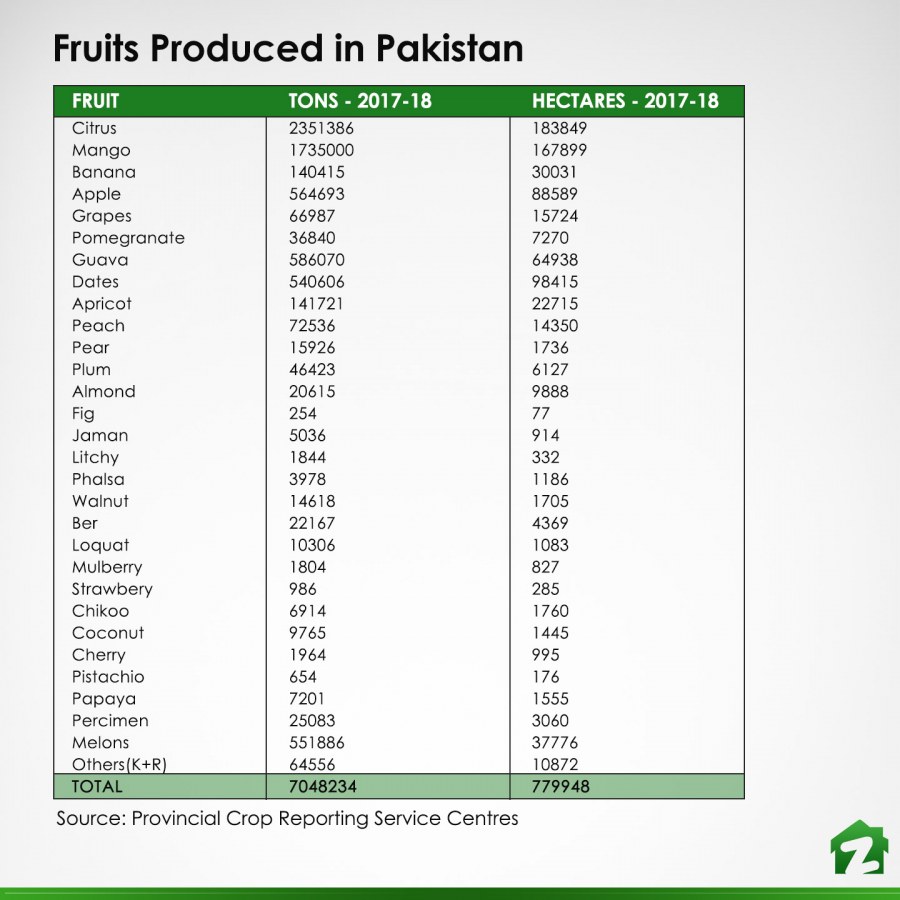
Earning through fruit market of Pakistan
According to a report published in DAWN, “In eight months of this fiscal year i.e. between July 2018 and Feb 2019, forex earnings of fruits and vegetables totalled $479 million. In the same period last year it was $387m.”
Although a gain of $92m or, let’s say, for better understanding, roughly an increase of about 24 percent, is commendable, the ground reality is that we achieved the rise in exports only by cutting down our supply in the local fruit market of Pakistan.
As per DAWN’s report, “Between July-Feb FY19, Pakistan’s exports of fruits and vegetables stood in excess of 1.165m tons. In July-Feb FY18 it was 1.016m tons.” The other side of the story is that about 149,000 tons of fruit were not delivered to the local markets, but were instead exported to international markets. The effect of which can be seen in the skyrocketing prices of almost all types of fruits in Pakistan, including the seasonal variety.
We can increase export of fruits from Pakistan by improving our agricultural practices and farming methods, and introducing modern systems of agriculture. According to agricultural experts, we can increase fruit production in Pakistan by 20 times using hydroponics, which is a method of growing plants without soil, using mineral nutrients dissolved in water.
Kinnow – the most sought after citrus
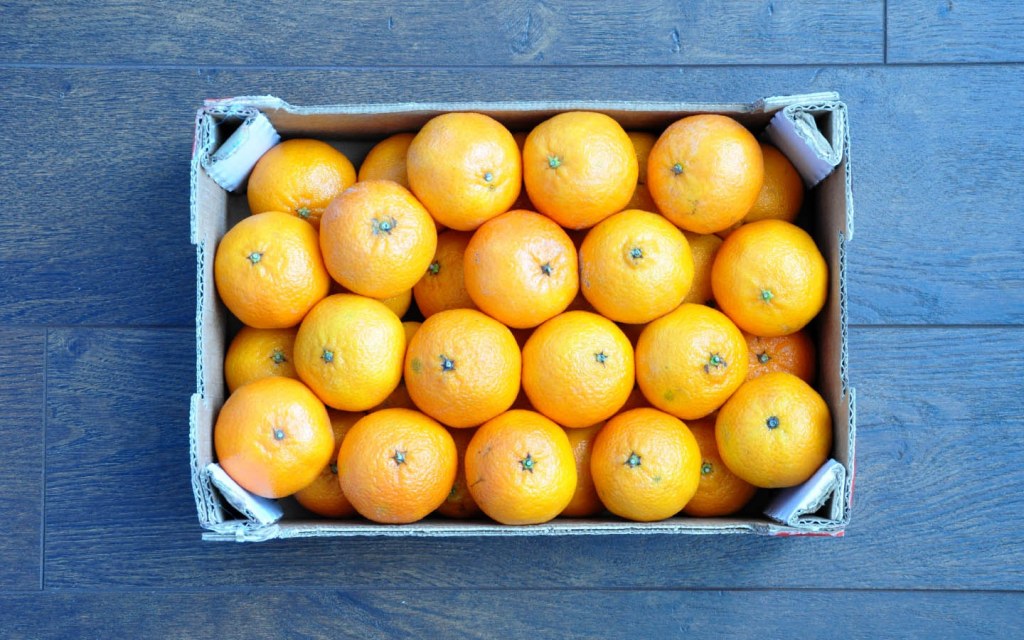
Pakistan is scaling new heights in the fruit industry.
Kinnow, the most sought-after citrus fruit in Pakistan is in high demand in the international fruit market. Two of the potential fruit markets namely, Philippines and China have shown interest to import kinnow from Pakistan. It is great to know that the kinnow we eat casually over dinner or as a healthy snack has brought economic revenue to Pakistan. Around 30,000 tons of kinnow have been exported to Indonesia, which is the second biggest international market after Russia.
The major problem in exporting citrus fruits in Pakistan are the diseases that the fruit catches. Citrus canker, which is a bacterial disease on kinnow where lesions are formed on stem, leaves and on the fruit as well. This is detrimental for the fruit exports from Pakistan as many countries including Australia and America have refused to export from countries where these diseases are commonly reported in the citrus fruit.
Dates – boosting both the immune system and Pakistan’s economy
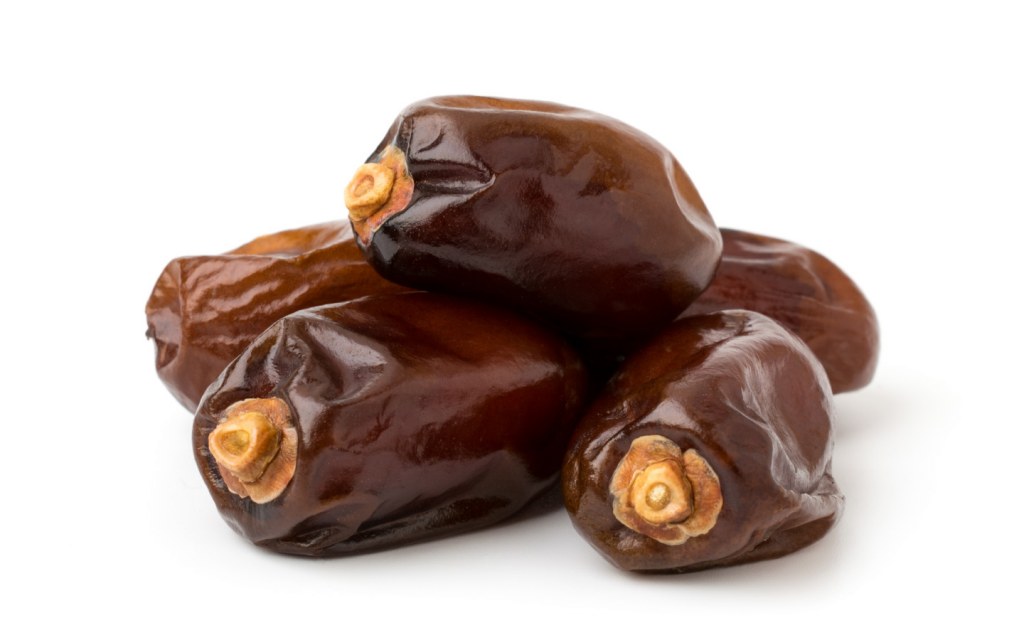
Pakistan is one of the largest date producers in the world. Most of the dates are produced in Balochistan and Sindh. Among the different types of fruits in Sindh, date farming covers around 75,000 acres of land. More than 200 varieties of dates are grown in Sindh alone, out of which around 70% of it is cultivated in Khairpur.
Pakistan is the fifth largest producer of dates in the world. If this doesn’t amaze you enough then the fact that Pakistan is the third largest exporter of dates in the world, will definitely surprise you.
According to an estimate, Pakistan produces around 600,000 tons of dates, but only exports around 100,000 tons of dates. Rest of them are either consumed or they perish. It is estimated that the export of dates both in fresh and dry form – can be increased to USD 200 million, if they are processed and packaged the right way.
Pakistan can work on making by products of dates and export them to generate revenue, like date sweets, jams, chocolates and other products. Having said that, Pakistan is exploring new markets, especially for dry date exports. As India has imposed 200% import duties, the next market for date exports is Srilanka.
Mango – King of fruits in Pakistan
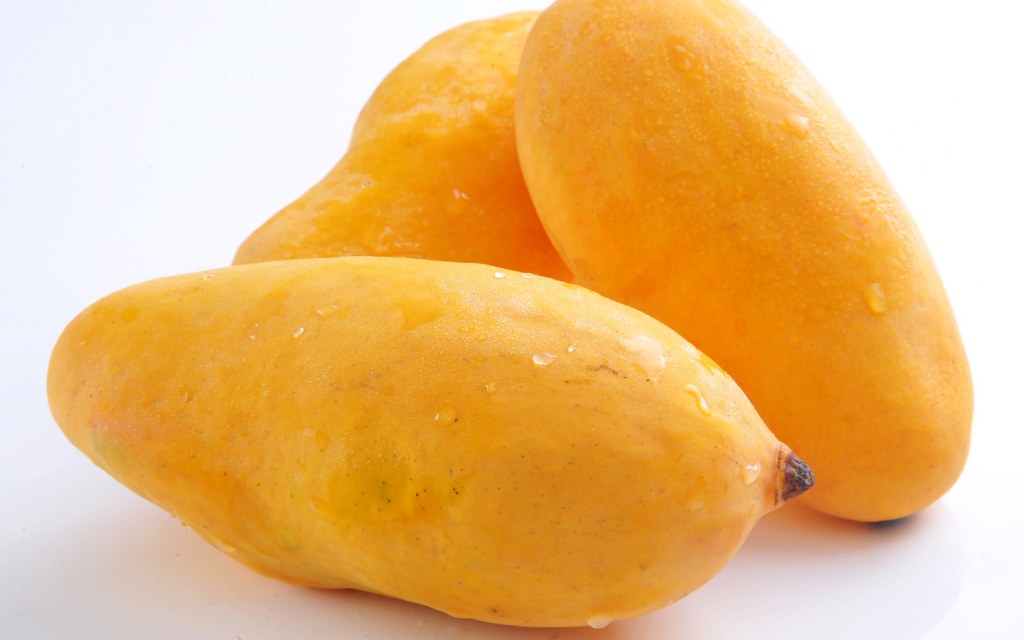
Mangoes are the national fruit of India, Pakistan and the Philippines. In Pakistan, 250 varieties of mango are found while most important commercial cultivars of Pakistan are Fajri, Anwar Ratul, Dasehri, Maldha, Langra, Sindhri and the most favourite Chaunsa. Most of the mangoes are produced in Punjab, followed by Sindh and NWFP. Pakistani mangoes not only taste delicious, but they also have a sweet aroma. This is why it is the most popular fruit of Pakistan and also one of the most sought after fruits in the world.
The export quality mangoes are ripe, uniform in size, without any marks, bruises and fungal infections. Around 1.75 million tons of mangoes are produced in Pakistan every year. According to a report published in a local newspaper, Pakistan exported about 66,000 tons of mangoes two years back and earned about PKR 5.9 billion. Last year, the country exported 77,000 tons of mangoes. Keep in mind that this is only a fraction of the total produce.
Apples – Adding nutritional value and generating revenue
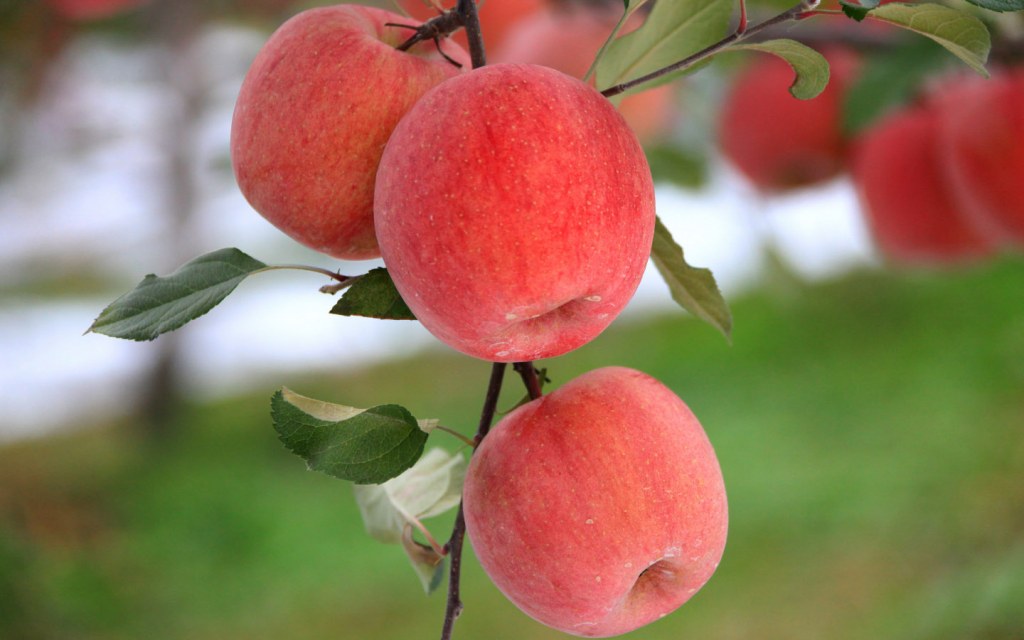
The most famous variety of apples in Pakistan are Mashadi, Kala kulu, Amri, Katja, Golden Delicious, Red delicious, Kashmiri, Royal Gala, Skyspur and Summer Red. You will see a wide variety of apples in Pakistan from the mid of July up till November. More than 70% of the apples come from Balochistan i.e. roughly about 0.3 million apples are annually produced in Balochistan. They are in great demand especially in the Middle East and other foreign countries for their sweet taste and unique varieties. The major importing countries of Pakistani apples include Hong Kong, Dubai, Brunei, India, Bahrain, Sri Lanka, Netherlands, Kenya, Saudi Arabia, Malaysia, Bangladesh and Japan.
Guava – Most popular fruit of Pakistan
According to Investment Department, Government of Sindh, Sindh alone produces 70,000 tons of guava every year. Larkana a major producer of guava in Sindh produces eight varieties, namely Benazir, local Sindhi, Thadharami, Riyali, Shamlo, Ramzani, Golo and Hyderabadi.
These varieties of guava have a great demand across the country. The cultivation for Guava in Sindh is done on 24,000 acres of land. The major countries who guava from Pakistan are UAE, the UK, Qatar and Saudi Arabia. But Canada is one of the single largest importers of this fruit. The guava production earns a revenue of about PKR 1 billion annually, as unfortunately a large portion of the guava produced simply goes to waste because of improper handling and shorter shelf life.
Exporting ‘Chilgoza’ to other countries
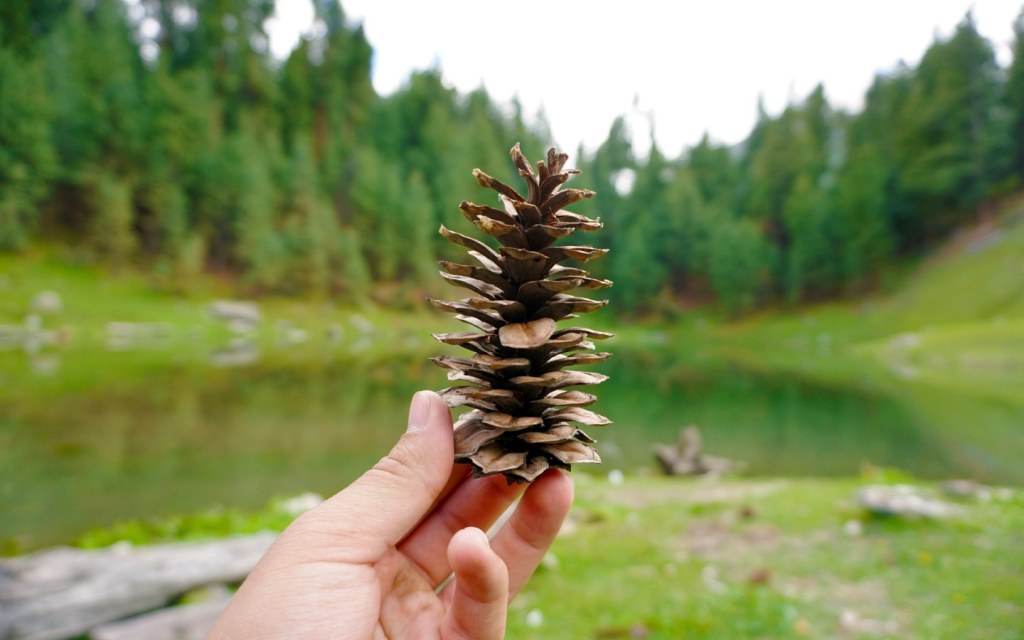
A hard nut to crack holds true for pine nuts – in the literal sense – they are not really ‘hard’ but are very difficult to crack. Even if you are courageous enough to buy the pricey chilgoza from a local market (they are sold at PKR 6000/kg from the local market), it takes a lot of hard work to extract the delicious fruit that lies within.
Pakistan produces pine nuts in abundance, thanks to the pine forests in Balcohistan and in the northern areas of Pakistan. The Suleiman mountain range comprises one of the world’s largest ‘Chilgoza’ forests sprawling over 200 km.
The pine nuts in Pakistan are expected to be produced around 3500 – 3700 tons in 2017-2018. They are also available in roasted form either with shell or the more popular one – only the kernels – apart from the non-roasted variety.
So this was a wrap on some of the local fruits grown in Pakistan and their exports. We would welcome your views about how to increase exports in the country, so feel free to share your thoughts with us at blog@zameen.com. Subscribe to Zameen Blog for more updates on tourism and lifestyle.



